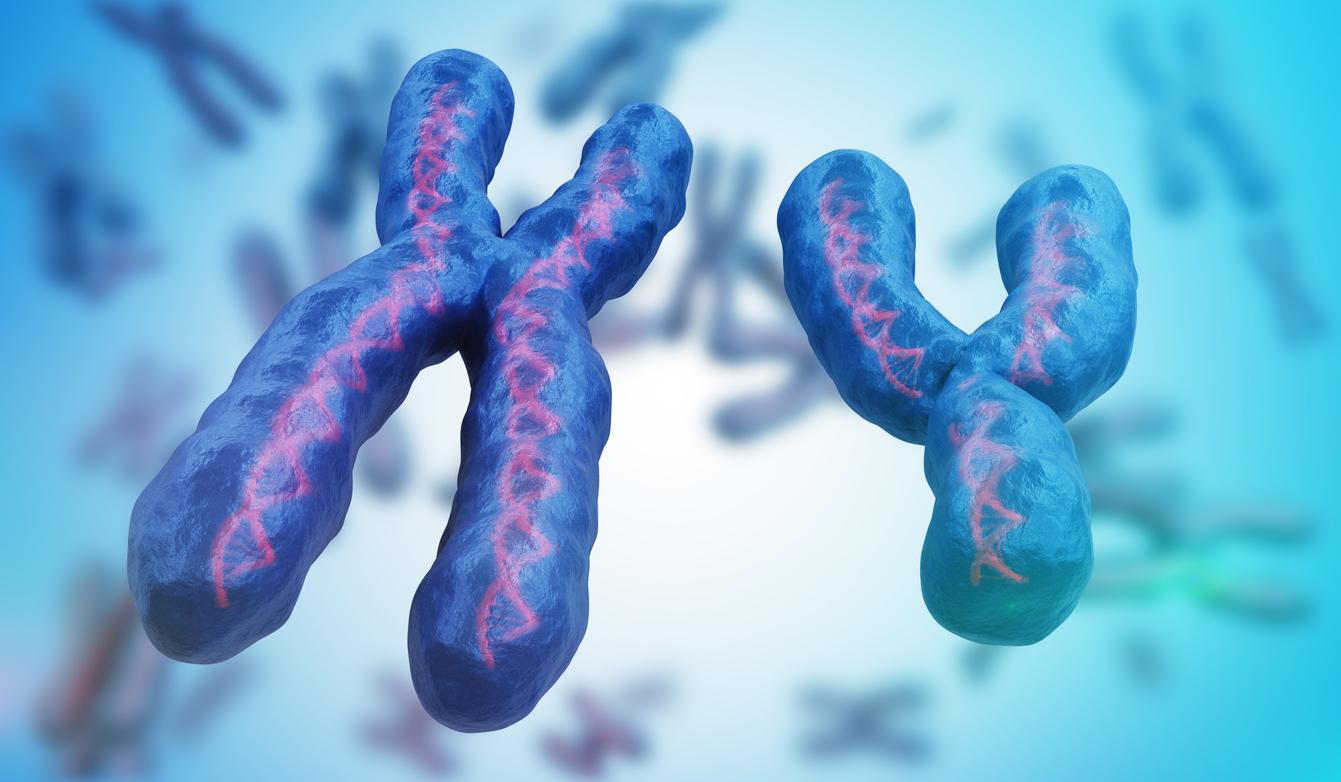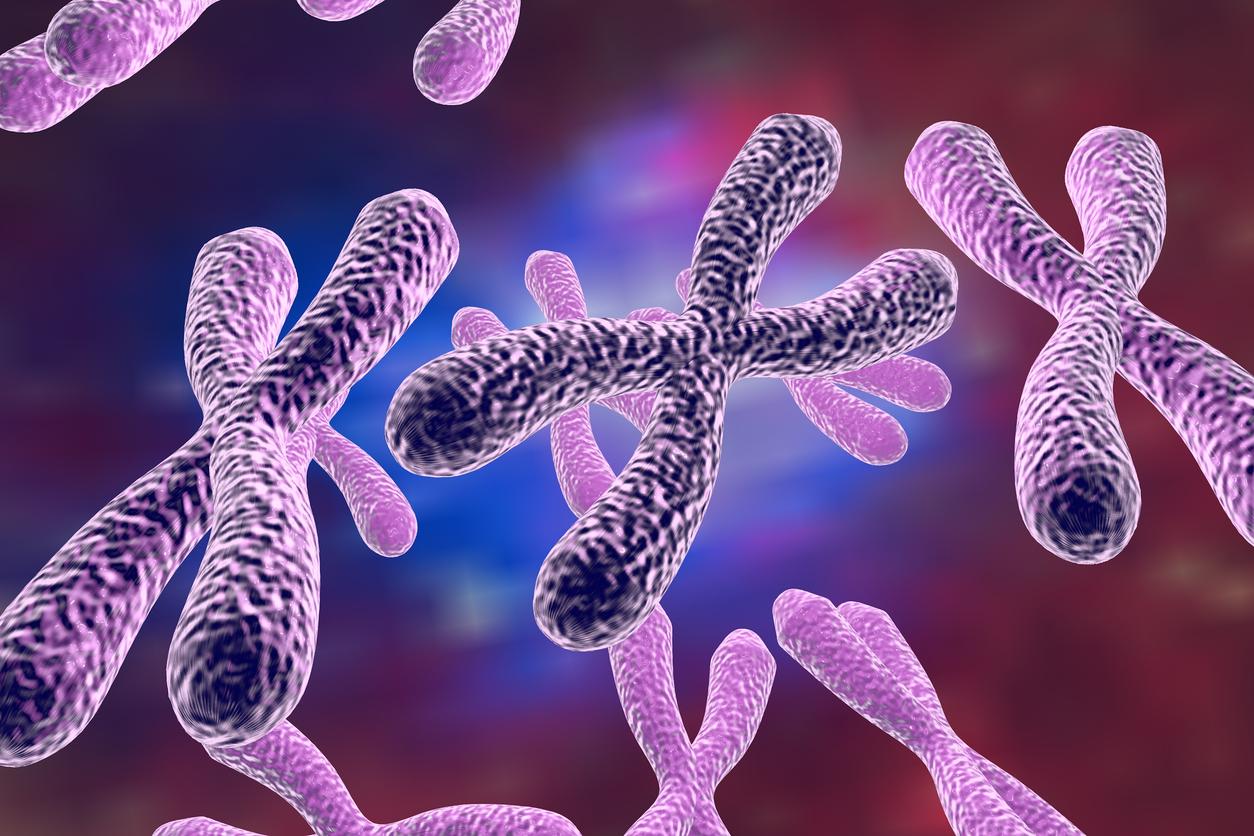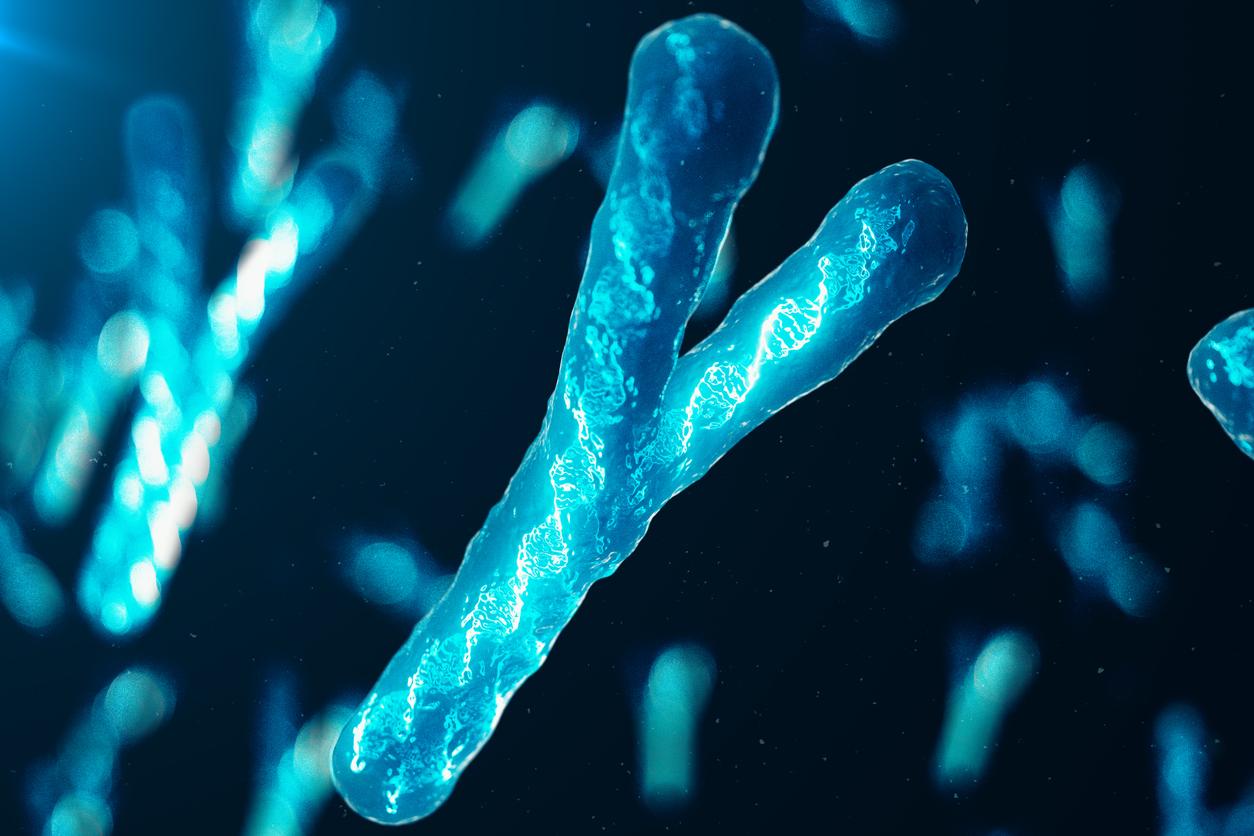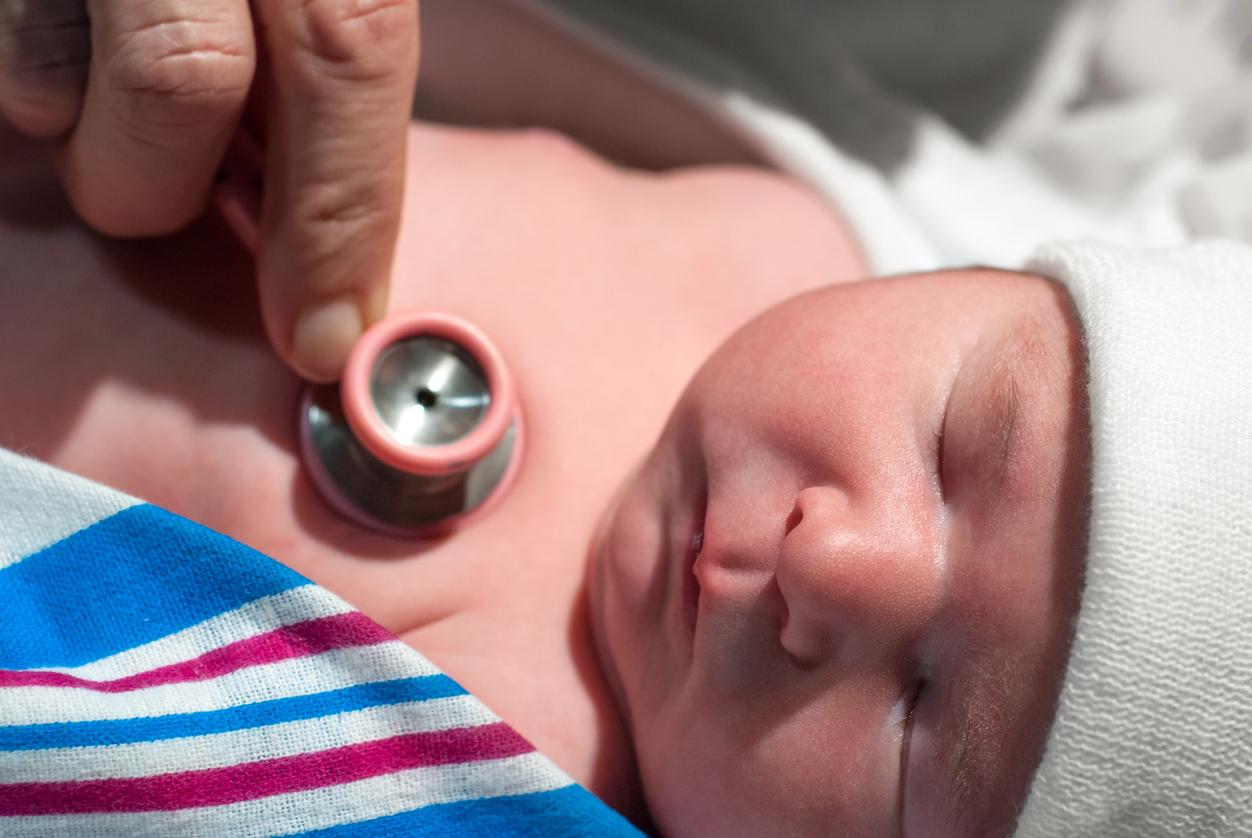According to a 2020 study of thousands of families, a man who has multiple brothers is more likely to have sons while he is more likely to have daughters if he has multiple sisters.

- A study suggests that the sex of the future child is related to the family tree of the father.
- There is a gene, not yet identified, which would influence the number of X or Y chromosomes present in the sperm.
The father’s family tree gives an indication of the sex of your future child. A study carried out on thousands of families by the University of Newcastle (United Kingdom) shows this. A total of 927 family trees were analyzed. They contained data on 556,387 people from North America and Europe dating back to 1600. According to the study’s lead author, Corry Gellatly, men genetically inherit the ability to have more sons or daughters . Men with multiple brothers are more likely to have sons, while men with multiple sisters will more likely have daughters. “However, at thes women, you can’t predict it“, said the researcher. The results of this work have been published in the journal Evolutionary Biology.
Baby’s sex determined by chromosomes
So far we We knew that it is the man who determines the sex of a future baby according to the X or Y chromosome present in his sperm. An X chromosome combined with the mother’s X chromosome will produce a girl (XX) while a Y chromosome combined with the mother’s X chromosome will produce a boy (XY). Newcastle University researchers think that a gene, as yet unidentified, is likely to affect the number of X or Y chromosomes present in sperm, and therefore the sex of a future baby.
Several combinations of genes are possible
A gene is made up of two parts, called alleles. Each part comes from one of the two parents. In his research, Corry Gellatly hypothesized that males may carry two different types of alleles. For one gene, three combinations would therefore be possible. Males with the first combination (called mm) produce more Y chromosomes and father more sons. Males with the second combination (mf) had approximately the same number of sons and daughters. The third (ff) produce more X chromosomes and therefore conceive more daughters.
This gene would be the key to demographic balance
“This gene, passed down from both parents, which causes some men to have more sons and others more daughters, may explain why we see roughly balanced numbers of males and females in a population. there are too many men in the population for example, women will find a mate more easily, so men who have more daughters will pass on more of their genes, resulting in more women being born in future generations,” explains Corry Gellatly.
The example of wars confirms this theory
According to the author of the study, this theory could explain the sudden increase in the number of boys in the countries which fought in the two world wars. Indeed, men with more sons were more likely to keep one alive. The survivors, who had inherited the gene from their father, could therefore have more boys. Conversely, men who had more daughters risked losing their only son, and therefore losing the gene that could give birth to more daughters.

















